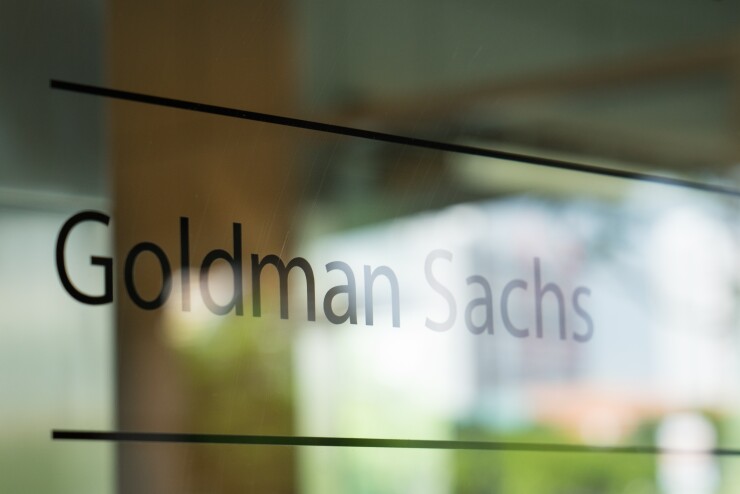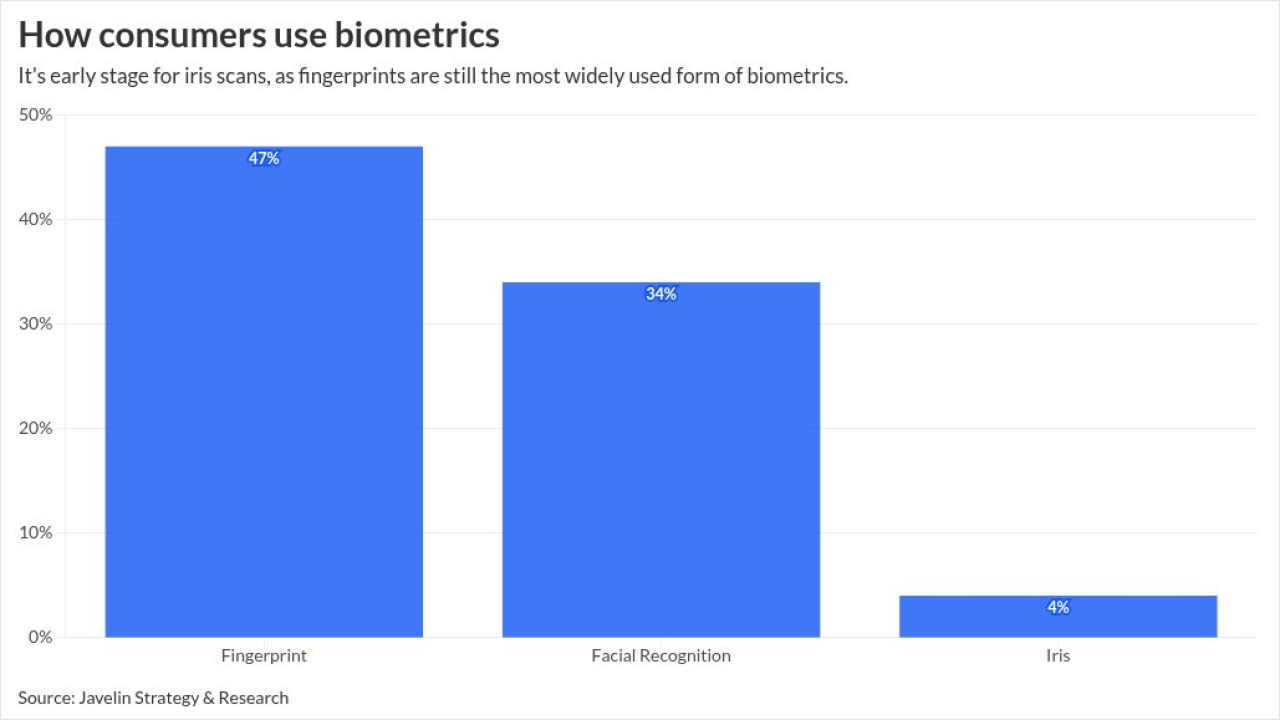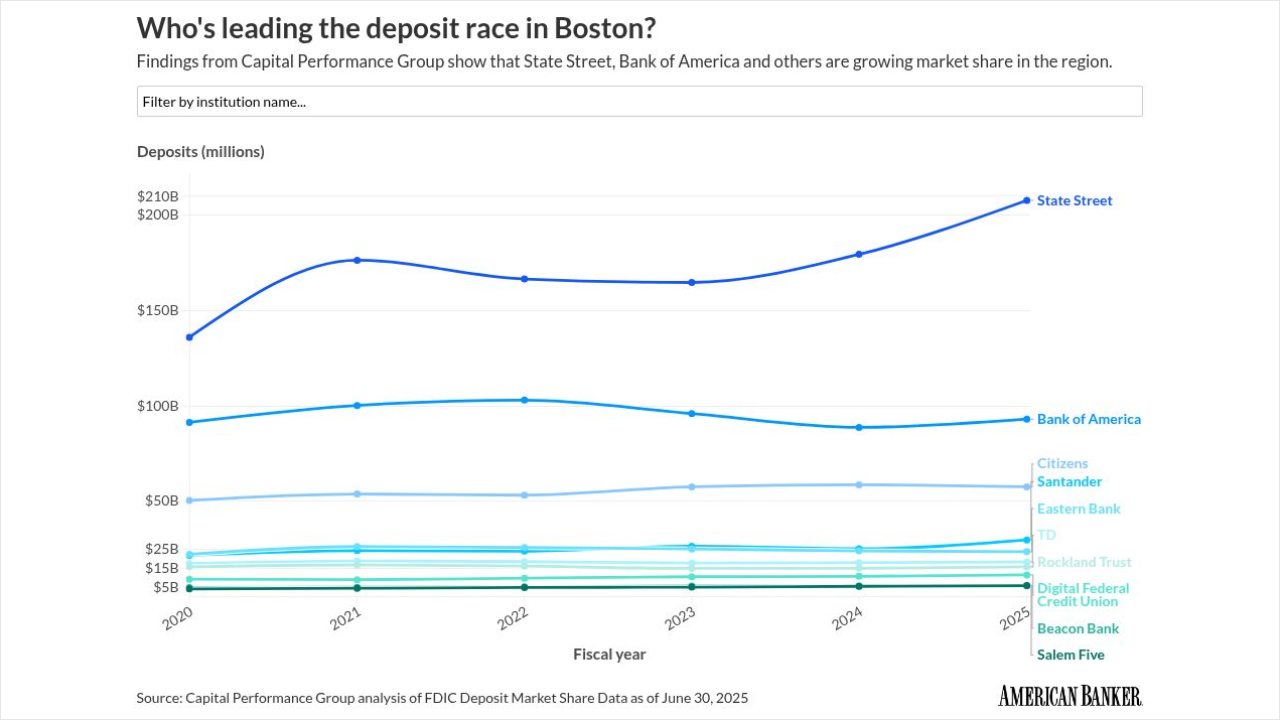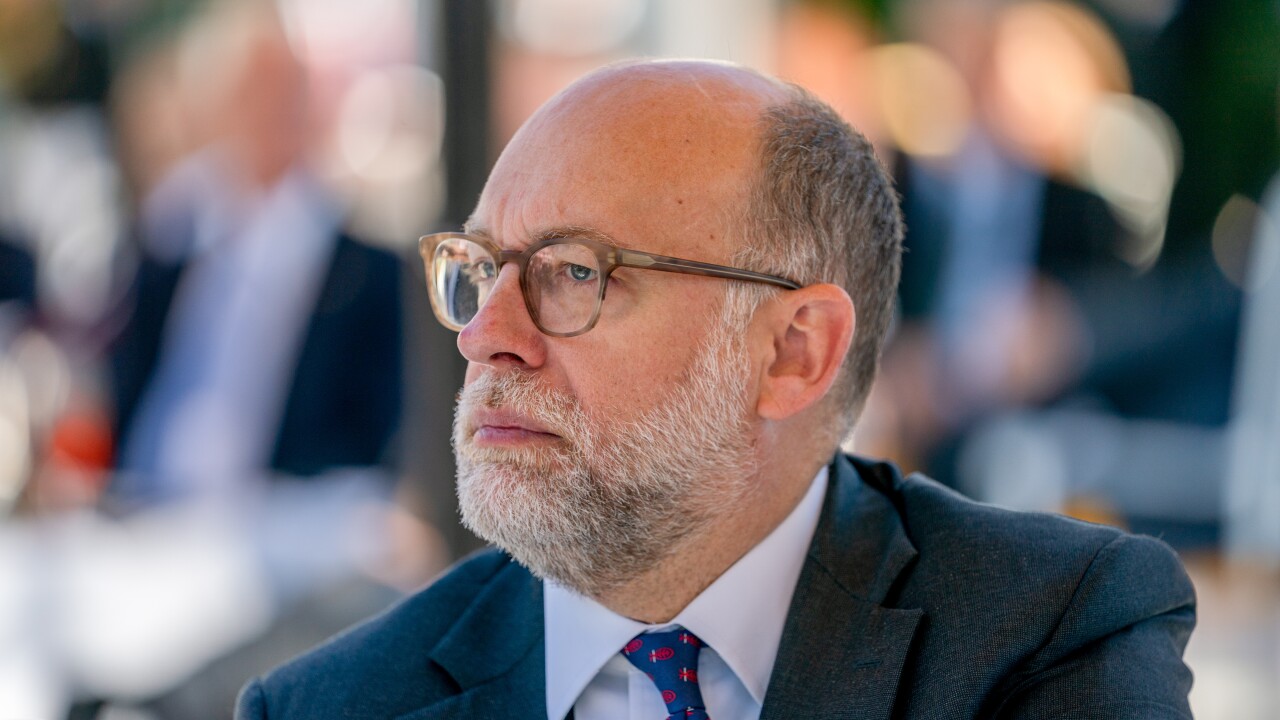
UPDATE: This article now includes commentary from Goldman's earnings call as well as commentary from analysts.
Tariff-induced economic uncertainty appears to have put plenty of wind in
The better-than-expected performance was driven by heady increases in investment banking and equities revenues, which spiked 26% and 36%, respectively, from the same period in 2024.
The performance of the wealth and asset management unit, which is
Firmwide revenue totaled $14.6 billion, up 15% from a year earlier. The solid financial results pushed compensation costs higher. The $1.78 trillion-asset company reported quarterly operating expenses of $9.2 billion, up 8% annually.
"Our strong results for the quarter reflected healthy client activity levels across our businesses, our differentiated franchise positions and the talent and commitment of our people,"
Chief Financial Officer Dennis Coleman told analysts Wednesday that
Solomon, for his part, did not rule out merger-and-acquisition activity as one possible use of capital — particularly in the wealth and asset management sphere. But he said on the company's conference call with analysts that any deal would have to clear a "very, very high" bar from both a strategic and financial perspective.
"We're growing our asset and wealth management business," Solomon said. "There might be opportunities to accelerate that growth and the scale of what we're doing. That's what our focus would be."
"I do think, given what is going on with the capital stack and the capital regime, and given the way we're executing on our strategy, there is room for us to continue to drive that dividend higher," Solomon said.
The investment banking pipeline remains robust, "notably higher than the year-end 2024 level," Coleman said, with much of that potential new business centering around increased M&A activity.
"The level of dialogue has significantly increased," Solomon said. He attributed the uptick both to businesses' desire for scale and to a more welcoming regulatory environment.
"There's a confidence level on the part of CEOs that significant-scale industry consolidation is possible, so people are very engaged in that across a range of industries," Solomon said.
Trading income also boosted
Revenue from the bank's asset and wealth management unit totaled $3.78 billion for the three months ending June 30, as an increase in management and other fees was overshadowed by declines in equity and debt investments.
Despite the unit's revenue decline, total assets under supervision reached $3.29 trillion on June 30, up 12% from a year earlier.
Steven Chubak, who covers
"At this time, the economy and markets are generally responding positively to the evolving policy environment, but as developments rarely unfold in a straight line, we remain very focused on risk management," Solomon said in the press release.





